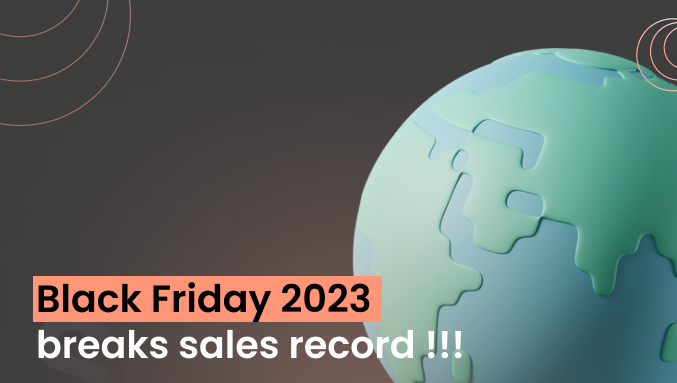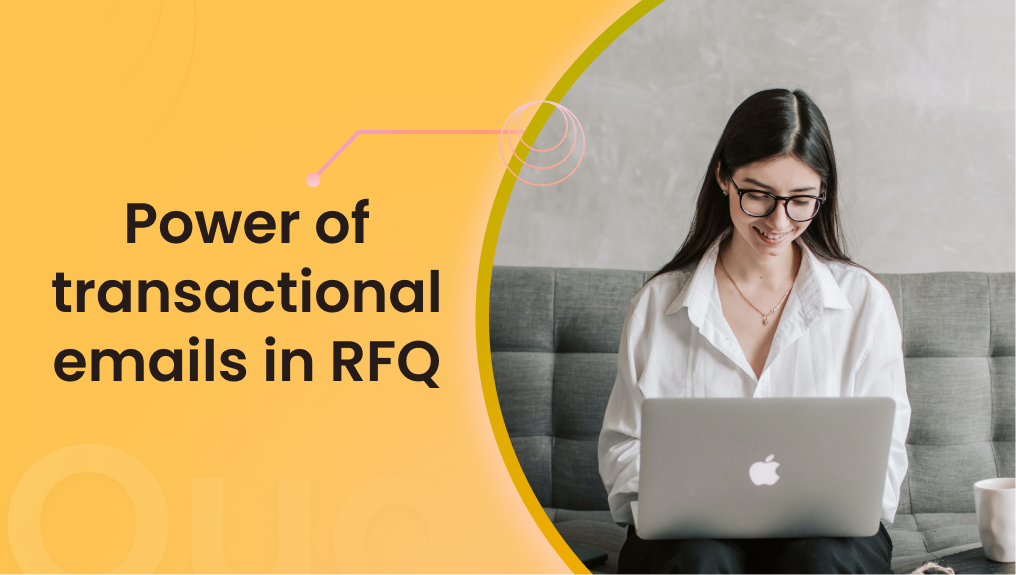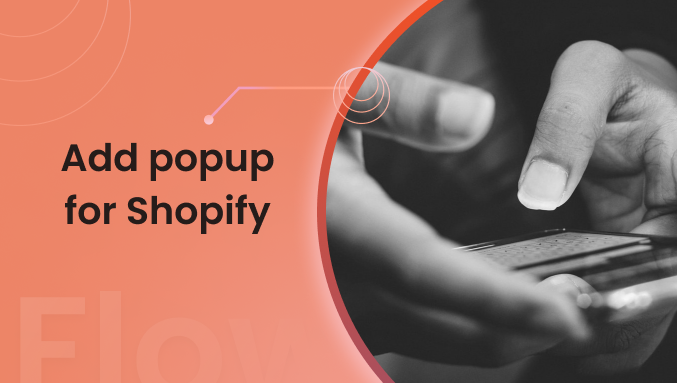Have you made any purchases on this Black Friday? Yes, I have. Even I had yet to make a plan to buy anything, but look around for any good deal. So congrats, we made a contribution to the $10 billion online shopping of this year's Black Friday sales.
Blog
Transactional emails are those messages sent after the customer takes action. Did you know that transaction emails can have a mind-blowing open rate of 80-85%? Surprising, right? These are the emails customers never ignore. But here's the catch: they often feel robotic and devoid of emotion, simply because we automate them for efficiency.
Are you searching for a tutorial demonstrating how to add a pop-up app for Shopify stores to grab your visitors' attention?
This guide will take you through the detailed procedure of adding a popup on Shopify from craft engaging messages, showcasing exclusive promotions, collecting valuable customer information, and improving the shopping experience.
Businesses that have complicated pricing models or offer customized products and services greatly benefit from using Request for Quotation (RFQ). It is a document asking the store owners to tell you how much they would charge for something you want to buy, so you can decide where to get the best deal. Whether you're an established online retailer, a budding startup, or an ambitious entrepreneur, mastering the art of creating a successful RFQ is crucial to your success.
In the fast-paced world of eCommerce, the checkout process stands as a pivotal factor as the sales volume you’ll process in your store depends on the effectiveness of your checkout. It's where potential buyers either seal the deal or abandon their carts. Thus, checkout optimization has long been the holy grail of eCommerce businesses.





